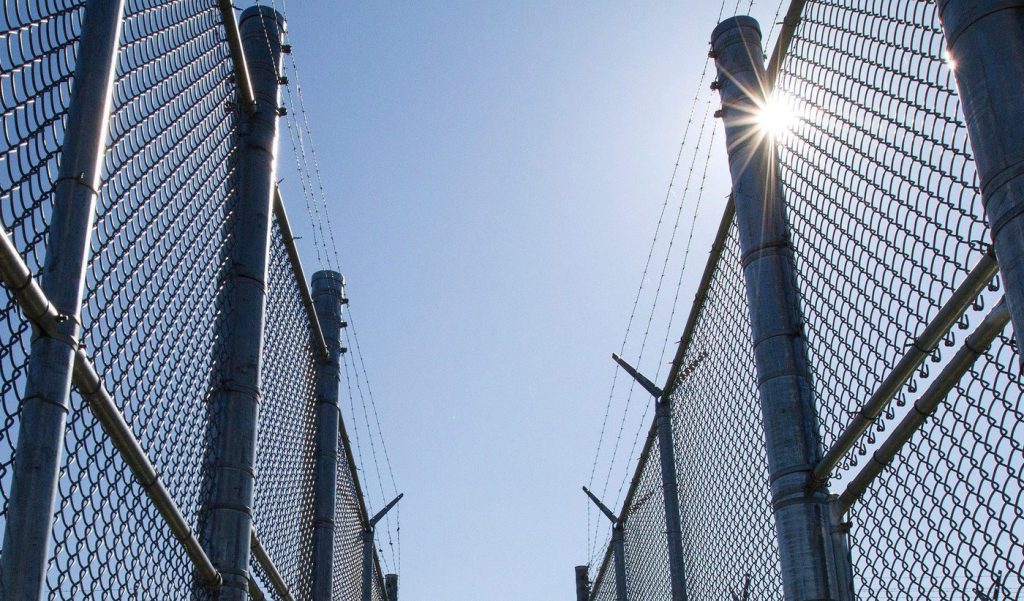The Canadian Radio-television and Telecommunications Commission (CRTC) is launching an investigation into phone call rates at correctional facilities nationwide, prompted by concerns over exorbitant long-distance charges faced by families of inmates in Ontario jails.
The move follows a proposed class-action lawsuit against the province of Ontario and Bell Canada, which operated the phone system in provincial jails from 2013 to 2021. The lawsuit alleges that families were charged unfairly high rates, including a flat fee of 1forlocalcallsandapproximately1forlocalcallsandapproximately1 per minute plus a $2.50 connection fee for long-distance calls.
One plaintiff in the lawsuit reported monthly phone bills exceeding 1,000duetocollectcallsfromhisson,whowasinsolitaryconfinement.Duringtheeight−yearperiod,BellCanadageneratedover1,000duetocollectcallsfromhisson,whowasinsolitaryconfinement.Duringtheeight−yearperiod,BellCanadageneratedover64 million in gross revenues from inmate calls, with nearly $39 million paid to the province as commission.
While the CRTC ruled in December that it lacks jurisdiction over the specific Ontario case, it expressed concern about the broader issue of telecommunications services in correctional facilities.
“The current proceeding has highlighted broader concerns about the rates charged to inmates and their families, as well as the availability of calling options in correctional facilities,” the CRTC stated. “The Commission will undertake additional information gathering to assess whether further action, including potential regulatory intervention, may be required.”
David Sterns, a lawyer involved in the class-action lawsuit, welcomed the CRTC’s decision to investigate. “It’s an excellent idea,” he said. “It’s a little silver lining on this arduous journey that we’ve had.”
Catherine Latimer, executive director of the John Howard Society of Canada, emphasized the importance of affordable communication for inmates. “Maintaining good connections with family and community is instrumental in promoting pro-social conduct and successful rehabilitation,” she said.
In Ontario, approximately 80% of provincial inmates are awaiting trial or bail, with most serving sentences of less than two years. Latimer argued that fostering family ties during incarceration reduces recidivism and enhances public safety.
Farhat Rehman of Mothers Offering Mutual Support, an Ottawa-based group for families of incarcerated individuals, highlighted the critical role of communication during the initial days of incarceration. “That’s when they suffer the most,” she said. “This communication is so critical for their mental health and well-being.”
Pauline Budd, another member of the group, shared her experience of receiving over 200 calls from her daughter during two separate stints in jail. Her phone bills totaled more than $700, a cost that would have been significantly higher if long-distance rates had applied.
Sterns pointed to reforms in the United States, where the Federal Communications Commission (FCC) capped jail and prison call rates at 6 to 12 cents per minute in 2024. “They recognized that prisoners are captives of the telephone companies, with no competitive forces to lower rates,” he said.
In 2020, Ontario overhauled its inmate phone system, introducing prepaid calls and reducing long-distance rates to a few cents per minute. However, the province has asked the CRTC to reconsider its decision on jurisdiction and is seeking leave to appeal to the Federal Court of Appeal.
Bell Canada has maintained that it complied with CRTC-approved rates during its tenure, offering the same collect call rates in jails as those for public telephones and home phone services.
If the CRTC ultimately declines jurisdiction, the class-action lawsuit will return to Ontario Superior Court for certification. Meanwhile, the CRTC’s investigation could lead to nationwide reforms, ensuring fairer phone rates for inmates and their families.

